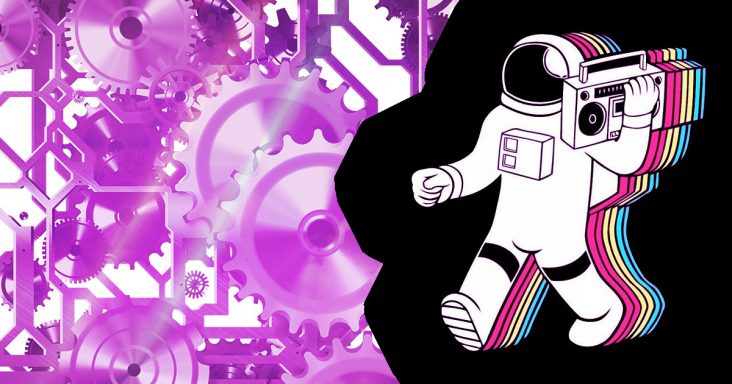

NGSS.3-5-ETS1, NGSS.MS-ETS1, NGSS.HS-PS3-3
Construction paper, marbles, small paper cups, paper towel tubes, string, jumbo paper clips, rubber bands, hot glue, tape, dominos, balloons, pins, scissors
Energy is defined as the ability to do work. There are two main types of energy: potential and kinetic. Potential energy is the energy an object has as a result of its position. Kinetic energy is energy in motion or movement. The Conservation of Energy principle states that “the amount of energy remains constant and energy is neither created nor destroyed. Energy can be converted from one form to another (potential energy can be converted to kinetic energy), but the total energy within the domain remains fixed.” Rube Goldberg was an inventor and cartoonist known for his drawings depicting elaborate contraptions that solved a simple task.
Share the background information with the students, then share the puzzle to be solved. Determine constraints (e.g., time alotted, space, materials provided, etc.) and divide students into small groups.
Ask a series of questions to help students brainstorm solutions to the puzzle. Encourage students to list all ideas – don’t hold back! Before moving on, make sure each group selects a solution that fits within the contraints.
Students diagram the prototype, identify the materials needed to build the prototype, and write out the steps to take. Students describe the expected outcomes.
Students follow their design plan and build their prototypes. Monitor their progress and remind them about how much time they have.
Students evaluate their creation and compare it with the expected outcomes. Students seek areas of improvement and make changes where needed.
Students share their solution to the puzzle and communicate lessons learned.
Have students identify where the kinetic and potential energy is in their Rube Goldberg machines. You can specify the “simple task” that the machine does - Pop a ballon, staple a piece of paper, close a door, etc.